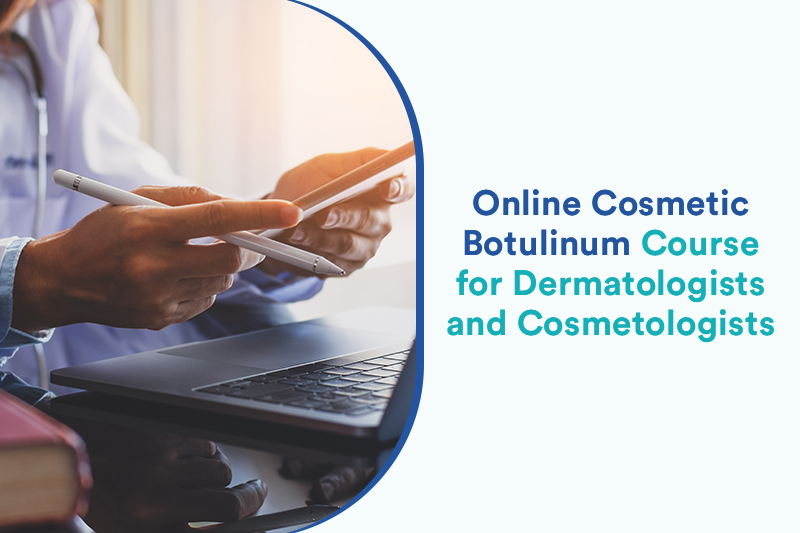It is certain that facial aging will cause volumetric and structural changes in the skin, muscles, ligaments, fat, and bone, as well as a gradual decline in cellular function. These changes are the cause of the aging phenotype and may also contribute to the unfavourable attitudes and preconceptions surrounding facial aging, leading many people to research various cosmetic rejuvenation techniques.
However, there has been a change in how younger folks behave, with prevention now taking precedence over correction or the elimination of face aging indicators as the main reason for seeking treatment. Prejuvenation, which means “to prevent the loss of youth” instead of rejuvenating the lost youth, is a new idea in aesthetic medicine that reflects this population’s desire to take charge of their aging.
In all adult age groups, BoNT is currently the most widely used cosmetic procedure. This popularity is due to a number of factors, including an aging population and the desire for aesthetic treatments among younger persons to prevent face wrinkles.
Botulinum toxin is used cosmetically to treat glabellar lines, which are vertical lines between the eyebrows and on the bridge of the nose, as well as crow’s feet or squint lines at the corners of the eyes, horizontal lines on the forehead, periorbital lines, and nasolabial folds around the mouth, and thick platysmal bands around the neck.
The injection technique’s most frequent adverse effects include localized redness, bruising, swelling, and minor pain. By employing adequate injection procedures and judicious dose, these side effects can be minimized. Patients who have altered facial anatomy, have significant wrinkles (which require a larger dose of BTX-A), have severe wrinkles, or have a history of neuromuscular disease are more likely to experience problems. Eyelid ptosis, focal facial paralysis, and headache are other adverse effects. Dysphagia, flu-like symptoms, and hypersensitive reactions were among the worst side events. The diffusion of poison to undesired muscles is the cause of complications brought on by weakened muscles close to the injection site; this risk can be reduced by using the right injection technique.
Hence, it is important to apply the best techniques in the safest way possible. Medical professionals looking for expert guidance can enroll in online Cosmetic Botulinum courses taught by renowned experts. Cosmetic Botulinum Toxin Simplified, which offers instruction in its mechanism of action, indications, and contraindications of neuromodulators for cosmetic reasons, is one of the finest Botox Courses for dermatologists. Candidates can acquire the skills needed to administer neuromodulator injections safely and successfully through interactive video lectures, notes, panel discussions, case demonstrations, self-assessment questions, and a practical approach. The course will also cover advanced methods and problem-solving techniques to give students the knowledge they need to provide the best care for patients.




